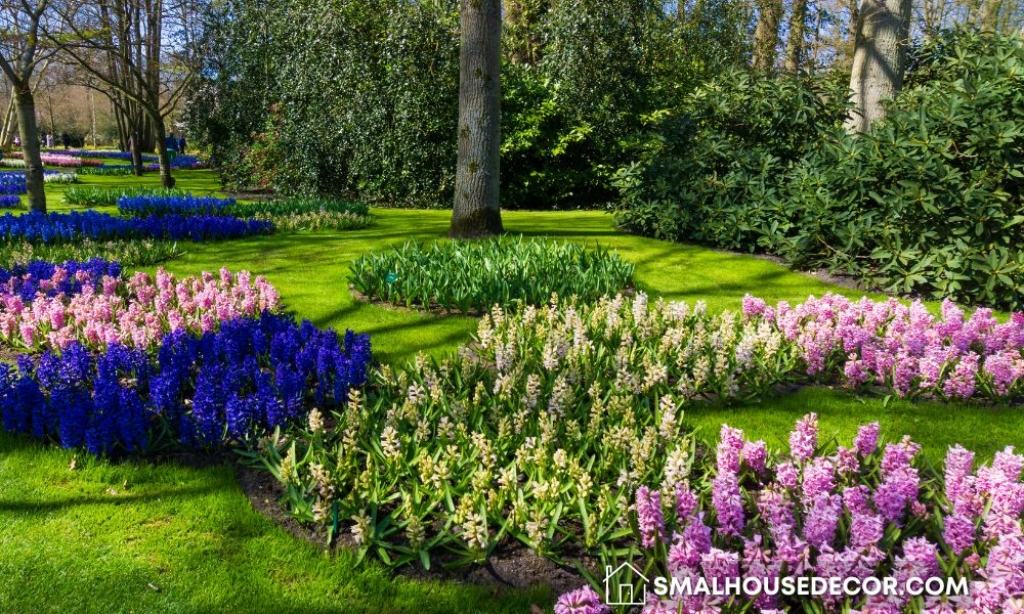The bigger your gardening project, the more risks associated with it. Most gardening enthusiasts ensure things like soil, fertilizers, watering, etc., are sorted to avoid setbacks.
But it’s not just about picking and laying the perfect plants out aesthetically. Successfully building a gigantic backyard garden is also about the practical side, like understanding the cost of building such a massive garden in your backyard.
Calculating the cost involves several factors, such as materials, labor, and maintenance, which can make or break your gardening adventure.
In this blog, we’ll explore the various aspects you should consider when estimating the costs so you can plan wisely, avoid setbacks, and cultivate a garden that reflects your dreams and budget.

6 Things That Add Up the Gardening Costs
Assessing the Size and Scope of Your Garden
The first step in calculating the cost of a gigantic backyard garden is to determine its size and scope. Are you planning a simple flower garden or a more elaborate setup with water features and pathways?
Measure the area and decide on the design elements to form a base for your cost estimation. Sketch a rough layout, and remember to factor in space for things like benches, fountains, or even a gazebo.
Selecting Plants and Trees
Choosing the right plants and trees is more than an aesthetic decision; it also affects your budget. Native plants might cost less and require less care, while exotic species could be more expensive.
Consider what will grow well in your climate and soil type. Talk to local nursery staff or a gardening expert to ensure you’re making informed choices.
Materials and Construction Costs
The physical structure of your garden will require various materials like soil, mulch, stones, and possibly even concrete. Researching the costs of these materials in your local area is crucial. You can use a mulch calculator yards to know how much mulch you’ll need so you can set aside a budget for it.
If you’re planning to build paths or retaining walls, consider professional help. Labor costs can add up quickly, so getting quotes from contractors is essential if you’re not taking the DIY approach.
Irrigation and Water Features
A gigantic garden will need a solid watering plan. Whether you opt for a simple hose system or a more sophisticated irrigation system, knowing your options and their costs is key. Expansive water features like fountains or ponds are costlier and require extra maintenance. Consider installation costs and ongoing maintenance.
Ongoing Maintenance and Care
A garden is a living, breathing space that requires ongoing care. Maintenance costs can add up over time, from tools to fertilizers and potential pest control. Plan for seasonal care needs and consider whether you’ll handle the work yourself or hire a professional gardening service.
Potential Challenges and Hidden Costs
Unexpected expenses can creep into any project. Being aware of potential stumbling blocks can save you stress from unforeseen soil issues to weather-related challenges. Building a contingency fund into your budget can help you navigate these surprises with ease.
Key Takeaways
Caring and nurturing for your garden is essential for it to blossom, but careful planning and cost consideration keep it alive.
The initial costs depend on the type of plants, water features, and materials you choose for your gigantic garden. As a general rule of thumb, you should multiply that cost according to the size and scope of your garden.
Don’t forget about the ongoing maintenance and care. Fertilizers, pest control, and seasonal care for the greens can quickly add up. You can also face unexpected challenges and hidden costs due to miscellaneous reasons. It is best to set aside a contingency fund to maintain your budget and keep your garden blooming.